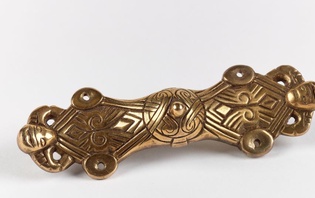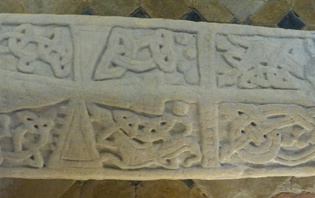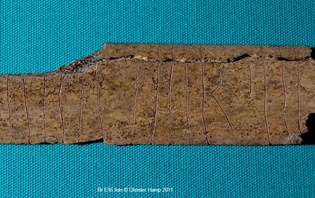Saint Thorlak in Lincoln
By Ásdís Egilsdóttir, Emeritus Professor, University of Iceland
Posted in: East Midlands
![Saint Thorlak in the Catholic Church, Reykjavik. (by Orf3us [Public domain], from Wikimedia Commons)](https://modsvikingsst01.blob.core.windows.net/vikings/2018/08/Thorlak-200x200.jpg)
Saint Thorlak in the Catholic Church, Reykjavik. (by Orf3us [Public domain], from Wikimedia Commons)
All sources on Þorlákr are written in the vernacular (Old Icelandic) except for remnants of Latin texts written shortly after 1200. Three versions of Þorláks saga (The Saga of Thorlak) have been preserved. The oldest version of the Icelandic Þorláks saga was composed about the same time as the Latin texts. Þorláks saga describes the bishop as a pious man in a hagiographic fashion, but it also tells of his disputes with chieftains about church ownership and moral issues. To his dismay, one of the country’s most powerful chieftains kept Þorlákr’s sister as a concubine. Their son was the aforementioned Páll Jónsson who succeded Þorlákr as bishop of Skálholt. As bishop, he permitted people to invoke his uncle Þorlákr as a saint.
Þorlákr’s miracles were gathered and written down in a book, still preserved in a 13th-century manuscript. The original version of the miracle-book was read aloud at the Alþingi in Þingvellir, in 1199. Þorlákr seems to have been a popular saint until the reformation. Today, Icelanders mainly remember him because of his feast-day, December 23rd, the day when people are making their final preparations for Christmas. The day is still called Þorláksmessa, the Mass of St Þorlákr.
The Viking Society for Northern Research has a freely downloadable pdf translation of The Saga of Bishop Thorlak (Þorláks saga byskups) if you wish to read more about him.







